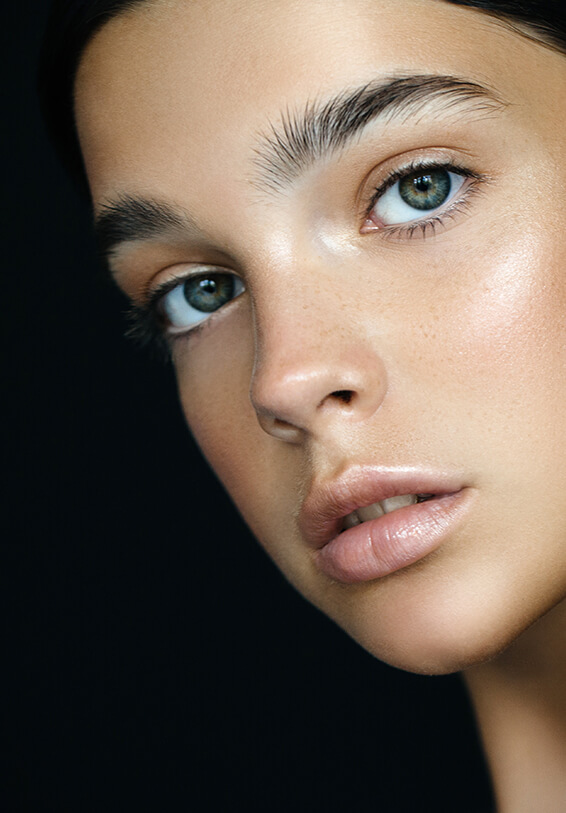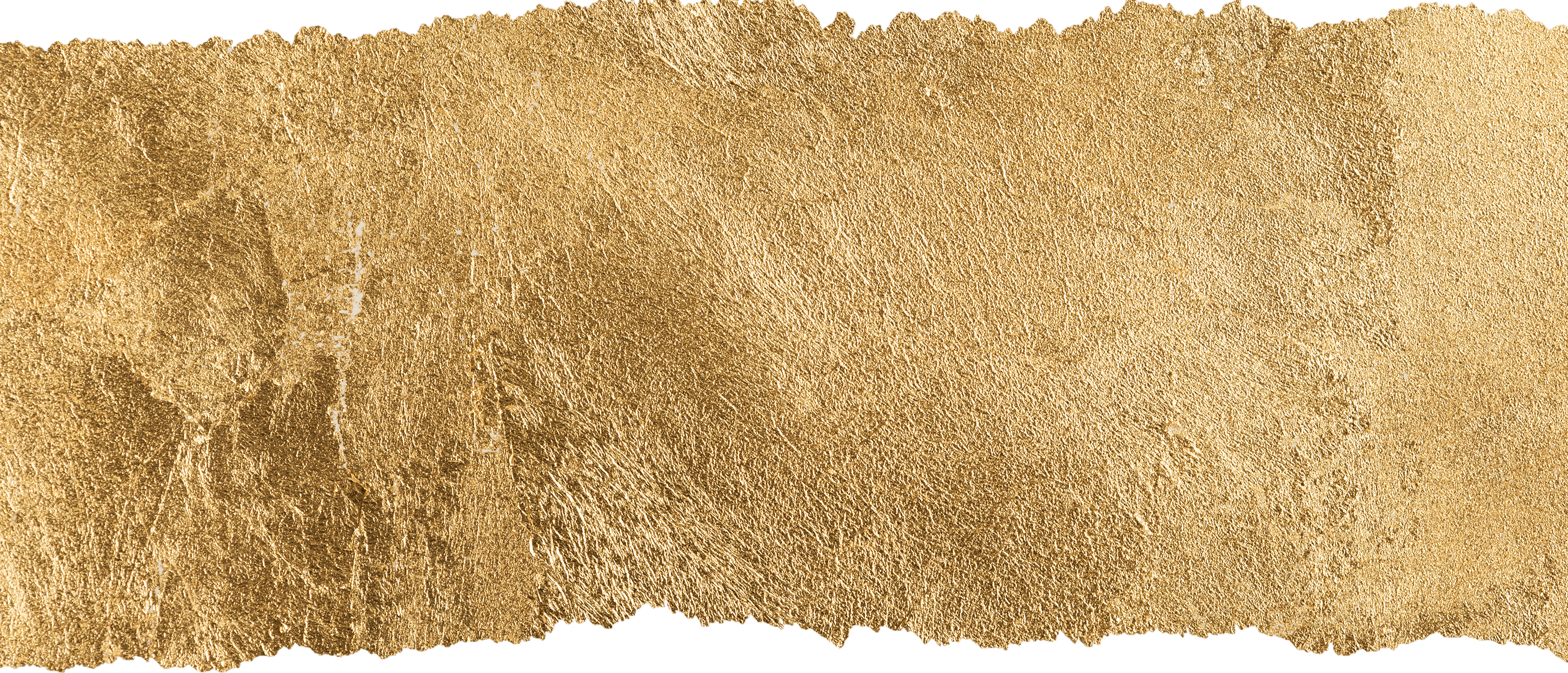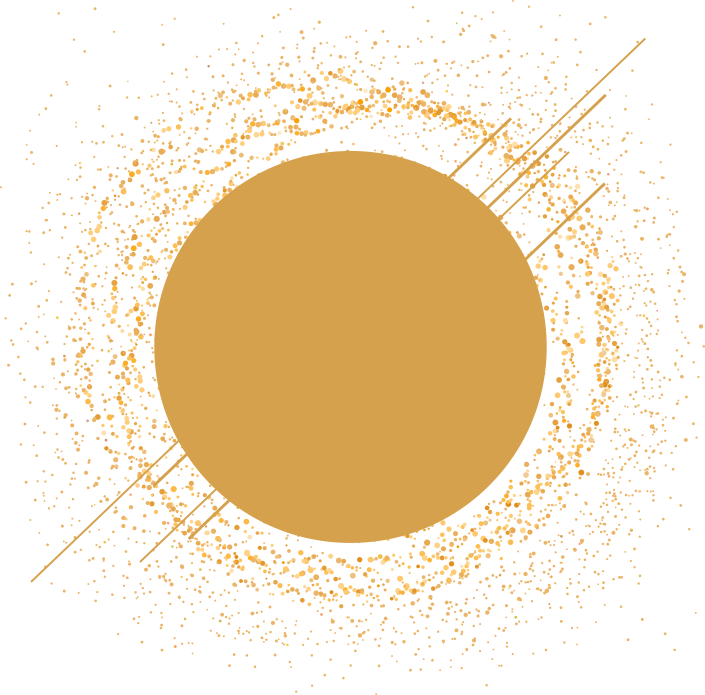Reshaping and defining the nose with fillers define
Non-surgical rhinoplasty is performed using cosmetic hyaluronic acid (HA) fillers to reshape and aesthetically enhance the nose. It can be used to contour the bridge of the nose for a straighter, smoother appearance, as well as to define and lift the nasal tip, with potentially transformative results.
Using precise, carefully placed injections layered over the structural cartilage and bone, different areas of the nose can be reshaped, defined or lifted. HA fillers are a highly versatile tool, and we can achieve precise refinements of the nose to a level that may not even be possible with nose surgery. Non-surgical HA filler rhinoplasty also has far less downtime than surgery, and the results can be both long-lasting but also reversible.



 How long do results last?
How long do results last?  Can the treatment results be reversed?
Can the treatment results be reversed? 





